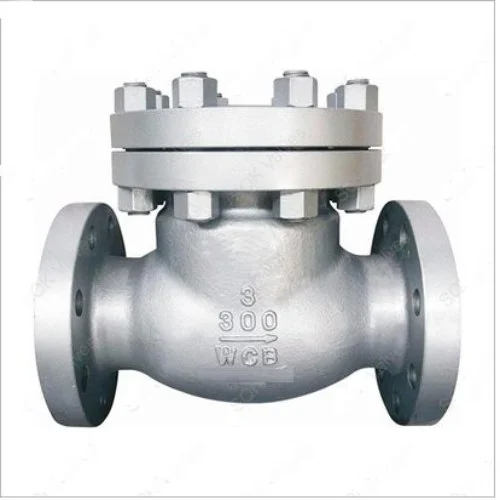ball valve fittings
The Importance of Ball Valve Fittings in Modern Plumbing Systems
In contemporary plumbing and piping systems, the role of fittings cannot be overstated. Among various types of fittings, ball valves stand out due to their robust design and functional versatility. This article delves into the significance of ball valve fittings, their advantages, applications, and maintenance aspects.
Understanding Ball Valve Fittings
Ball valve fittings are critical components used to control the flow of liquids and gases in a piping system. Characterized by a spherical obstruction (the “ball”) with a hollow center, these valves offer a straightforward way to manage flow direction and rate. When the valve is open, the hole in the ball aligns with the flow, allowing substances to pass through effortlessly. Conversely, when the valve is closed, the ball rotates to block the passage, effectively stopping the flow.
Advantages of Ball Valve Fittings
One of the primary advantages of ball valve fittings is their durability
. Made from robust materials like brass, stainless steel, or PVC, ball valves can withstand high pressures and temperatures, making them suitable for a wide range of applications, from residential plumbing to industrial processes. Their design is also inherently low-maintenance due to the absence of packing materials, reducing the risk of leaks over time.Moreover, ball valves offer quick and efficient operation. A simple quarter-turn is all it takes to fully open or close the valve. This rapid responsiveness is crucial in situations where immediate flow regulation is necessary. Additionally, the tight sealing of ball valve fittings prevents any leakage, ensuring that the systems remain safe and efficient.
Applications of Ball Valve Fittings
ball valve fittings

Ball valve fittings are highly versatile and can be found in various applications. In residential settings, they are often used in water supply lines, allowing homeowners to control the flow of water to fixtures and appliances. In commercial settings, they can manage liquid or gas flow in HVAC systems, facilitating temperature control and energy efficiency.
In industrial applications, ball valves are essential in chemical processing, oil and gas transport, and power generation, where they control the movement of corrosive substances and high-pressure fluids. Their ability to handle abrasive and high-viscosity materials further enhances their utility in such demanding environments.
Maintenance of Ball Valve Fittings
Despite their durability, regular maintenance of ball valve fittings is advisable to ensure long-lasting performance. Routine checks can identify signs of wear or corrosion, especially in corrosive environments. Cleaning the valve and ensuring that the ball moves freely can prevent blockages and malfunctions.
Additionally, during maintenance, it is important to check the valve seals. While ball valves are less prone to leaks due to their design, aging rubber or plastic seals can deteriorate over time. Replacing these seals when necessary can help maintain the integrity of the valve and prevent future issues.
Conclusion
Ball valve fittings are indispensable in modern plumbing and piping systems, offering durability, efficiency, and ease of use. Their applications span residential, commercial, and industrial sectors, showcasing their versatility in fluid management. With proper maintenance, ball valve fittings can provide reliable service for years to come, making them a valuable investment in any piping system. As the demand for efficient and durable plumbing solutions continues to grow, the importance of ball valve fittings will remain significant, ensuring the smooth operation of fluid systems across various industries.
-
The Key to Fluid Control: Exploring the Advantages of Ball Valves in Industrial SystemsNewsJul.09,2025
-
The Versatile World of 1, 2, and 3 Piece Ball ValvesNewsJul.09,2025
-
Stainless Steel Ball Valves: The Ideal Choice for Efficient Flow ControlNewsJul.09,2025
-
Optimizing Fluid Control with Ball Float ValvesNewsJul.09,2025
-
Manual Gate Valves: Essential for Control and EfficiencyNewsJul.09,2025
-
Everything You Need to Know About Butterfly ValvesNewsJul.09,2025
-
The Versatility of Wafer Type Butterfly ValvesNewsJul.08,2025




